-
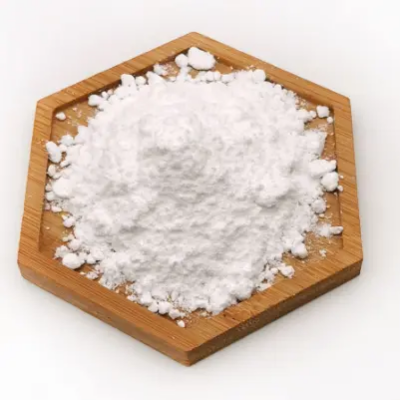
Clindamycin phosphate CAS:24729-96-2
Clindamycin phosphate is a topical antibiotic used to treat acne vulgaris and other skin infections. It belongs to the lincosamide class of antibiotics and works by inhibiting bacterial protein synthesis, effectively targeting Propionibacterium acnes, a common acne-causing bacterium. Clindamycin phosphate helps reduce inflammation, control bacterial growth, and improve overall skin condition.
-
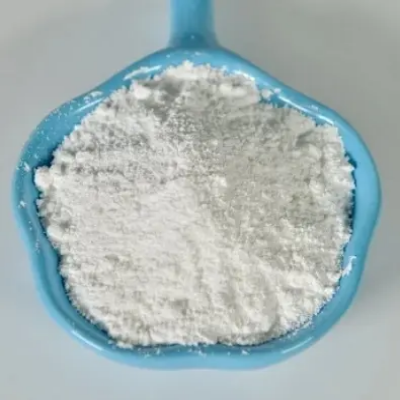
Clindamycin hydrochloride CAS:21462-39-5
Clindamycin hydrochloride is a semisynthetic antibiotic derived from lincomycin, belonging to the lincosamide class. It is used to treat bacterial infections by inhibiting protein synthesis in susceptible bacteria, thereby preventing their growth and spread. Clindamycin hydrochloride is effective against a variety of Gram-positive organisms, including Staphylococcus, Streptococcus, and anaerobic bacteria.
-
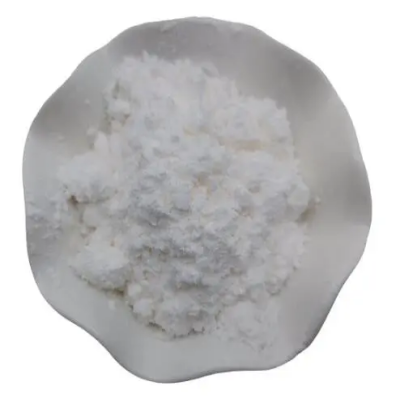
Colistin Sulfate CAS:1264-72-8
Colistin sulfate is an antibiotic belonging to the polymyxin class, known for its bactericidal activity against gram-negative bacteria. It is derived from Bacillus polymyxa and is commonly used in various pharmaceutical formulations for the treatment of severe infections caused by multidrug-resistant organisms. Colistin sulfate disrupts bacterial cell membranes, leading to cell death, and is available in forms suitable for intravenous, intramuscular, or topical administration. This antibiotic is a critical therapeutic option for infections where other antibiotics may be ineffective due to resistance patterns.
-
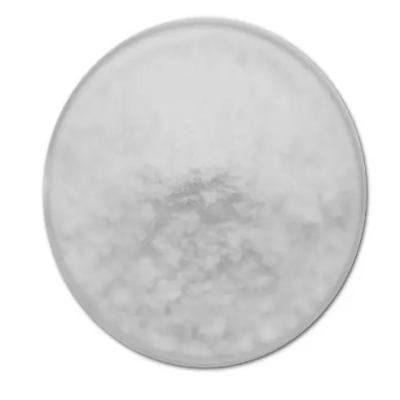
6,9-Diamino-2-ethoxyacridine lactate monohydrate CAS:6402-23-9
6,9-Diamino-2-ethoxyacridine lactate monohydrate is a pharmaceutical compound with broad antimicrobial properties. It belongs to the acridine class of chemicals and is commonly used in topical preparations for its antibacterial and antifungal effects. This compound is known for its ability to inhibit the growth of various bacteria and fungi, making it a valuable ingredient in dermatological products targeting skin infections. 6,9-Diamino-2-ethoxyacridine lactate monohydrate is often formulated as a cream, ointment, or solution for external use to treat a range of skin conditions.
-
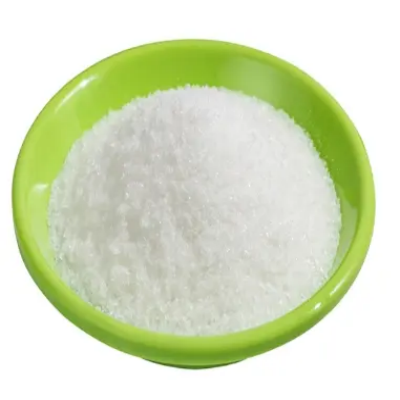
Colistin sodium methanesulfonate from bacillus colistinus CAS:8068-28-8
Colistin sodium methanesulfonate is a pharmaceutical formulation derived from the bacterium Bacillus colistinus. It belongs to the polymyxin class of antibiotics and is used for its potent antibacterial properties against gram-negative bacteria. Colistin sodium methanesulfonate is a prodrug form of colistin, which is commonly administered intravenously or via inhalation for the treatment of severe infections caused by multidrug-resistant organisms. This antibiotic works by disrupting the integrity of bacterial cell membranes, leading to cell death. Colistin sodium methanesulfonate is an essential therapeutic option for challenging infections where other antibiotics may be ineffective.
-
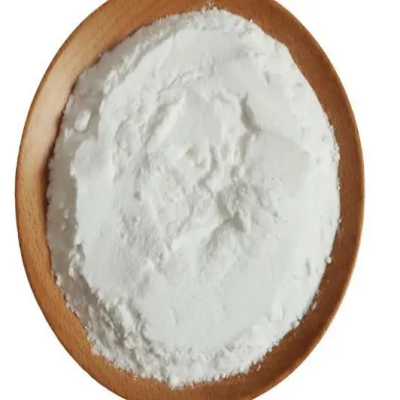
Cloxacillin sodium salt monohydrate CAS:7081-44-9
Cloxacillin sodium salt monohydrate is a specific form of the antibiotic cloxacillin that contains a single molecule of water within its crystal structure. This formulation is commonly used in pharmaceutical preparations for oral, intravenous, or intramuscular administration. Cloxacillin sodium salt monohydrate has bactericidal properties against a variety of gram-positive bacteria, making it effective in treating infections caused by susceptible organisms. It works by interfering with bacterial cell wall synthesis, ultimately leading to bacterial cell death. This medication is available in various dosage forms such as capsules, tablets, and injections.
-
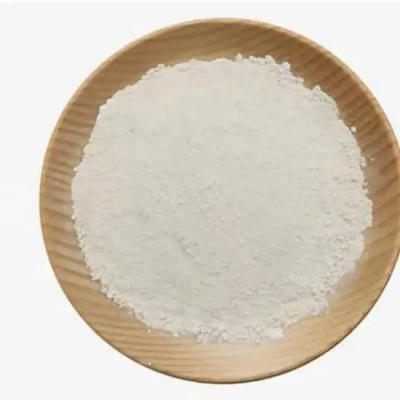
Clinafloxacin CAS:105956-97-6
Clinafloxacin is a fluoroquinolone antibiotic with potent antibacterial properties. It is used to treat various bacterial infections by inhibiting DNA replication in susceptible bacteria, thereby halting their growth and spread. Clinafloxacin is effective against a wide range of Gram-positive and Gram-negative bacteria, making it valuable in the management of respiratory, skin, urinary, and soft tissue infections.
-
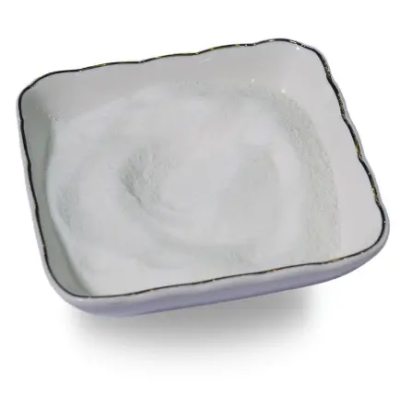
Clindamycin palmitate hydrochloride CAS:25507-04-4
Clindamycin palmitate hydrochloride is a salt form of clindamycin, a lincosamide antibiotic used to treat various bacterial infections. It works by inhibiting protein synthesis in susceptible bacteria, thereby halting their growth and reproduction. Clindamycin palmitate hydrochloride is particularly suitable for pediatric patients or individuals who have difficulty swallowing pills.
-
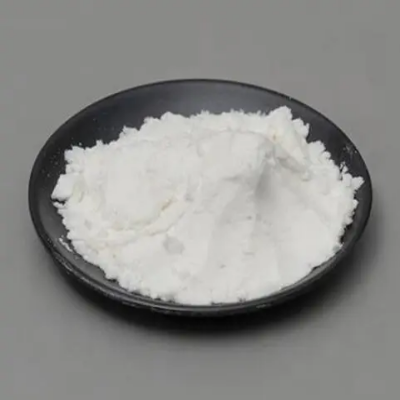
4,4′-Diaminodiphenyl sulfone (Dapsone) CAS:80-08-0
4,4′-Diaminodiphenyl sulfone, commonly known as Dapsone, is a synthetic sulfone medication with anti-inflammatory and antibacterial properties. It is primarily used in the treatment of skin conditions such as leprosy (Hansen’s disease), dermatitis herpetiformis, and certain types of skin infections. Dapsone works by inhibiting bacterial growth and reducing inflammation, making it an effective therapy for various dermatological conditions. This medication is available in oral and topical formulations for convenient administration in clinical settings.
-
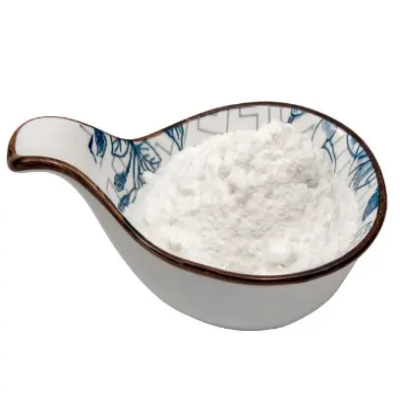
N,O-Dimethylhydroxylaminehydrochloride CAS:6638-79-5
N,O-Dimethylhydroxylamine hydrochloride is a chemical compound with the formula C3H9NO·HCl. It is a white crystalline solid used in various chemical applications for its versatile reactivity and unique properties.
-
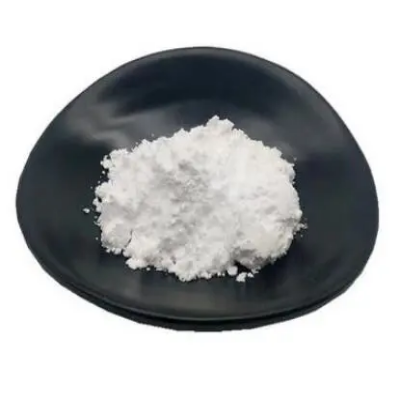
Pimelicacid CAS:111-16-0
Pimelic acid is a dicarboxylic acid with the chemical formula C7H12O4. It is also known as heptanedioic acid and is a white crystalline solid at room temperature. Pimelic acid can be found in some plant tissues and is used in organic synthesis for the production of various compounds.
-
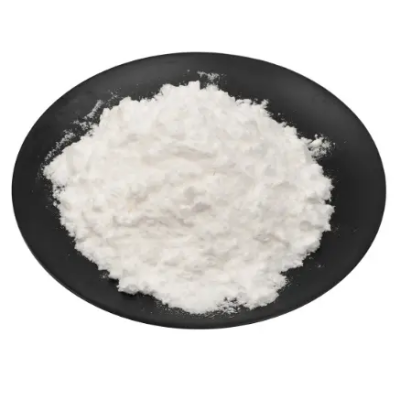
Xanthene-9-carboxylicacid CAS:82-07-5
Xanthene-9-carboxylic acid is a chemical compound with the molecular formula C14H10O3. It is a crystalline solid with aromatic properties and is commonly used in organic synthesis and dye chemistry. Xanthene-9-carboxylic acid plays a significant role as a precursor for the preparation of various functional molecules.

